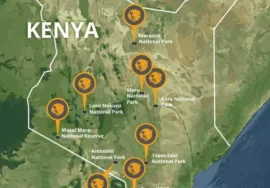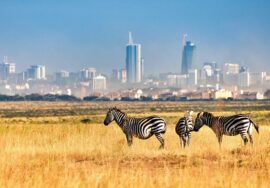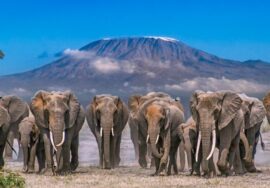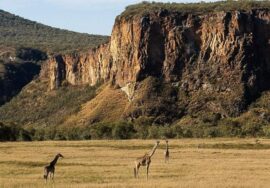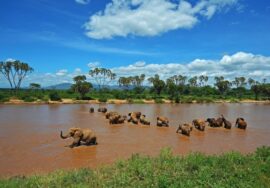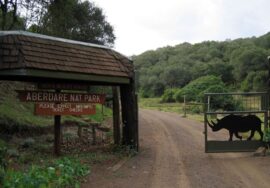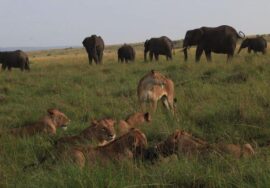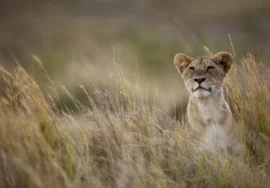
LAKE NAKURU NATIONAL PARK
The birds that live in Lake Nakuru National Park
The variety of birds that live on and around Nakuru Lake may be the park’s most famous feature. The most famous thing about this park is its groups of Greater and Lesser pink flamingos, which can make the shoreline look like a bright ribbon of color.
Birds like cormorants, kingfishers, ostriches, pelicans, geese, storks, and predators like eagles and herons hang out with them. This ecosystem is home to over 500 species, and you’ll see a lot of them while you’re here.
The Very Few and Worried About
Nakuru is home to a lot of birds and also a lot of species that are in danger of going extinct, like the black and white rhino. Safari-goers can get close to these big, hard-to-find animals in the park’s special refuge.
Keep an eye out for the rare African wild dog that lives in the acacia woods and the endangered Rothschild’s giraffe that roams the area.
Choose the most interesting parts of Lake Nakuru National Park
Lion Hill, Out of Africa, and Baboon Cliff are all great places to look down at the wildlife below in Lake Nakuru. From these spots, you can see nice views of the park. Keep an eye out for lions near Flamingo Hill.
Sea of Pink: The number of flamingos changes with the seasons and the years. Millions of them used to live there, but now you can still see bright groups along the shore, standing out against the park’s blue, green, and rich ochre leaves.
Makalia Falls: One of the most beautiful places in the park, the falls look their best after it rains. You can camp close and watch birds from a lot of different spots.
Big Cats: Nakuru is known for its birds and rhinos, but you can also see lions, leopards, cheetahs, hyenas, serval cats, jackals, and smaller birds of prey like civets, genets, and mongooses.
Information about Lake Nakuru National Park
The park isn’t very big—188 sq. km (73 sq. mi)—but that makes it easy to see all of its forests, grasslands, and hills. And to see wildlife while going on safari through its lush landscapes.
It’s close to Nairobi, only 170 km (105 mi), so it only takes a few hours to get there. You can go for the day and even visit other parks close at the same time.
At 1,756 m (5757 ft.), the park is higher than most in Kenya and cooler than most of the country’s parks, even though it is close to the equator. It’s not too hot or cold, wet or dry. It is between 120 and 250 c (540 and 770 f) there.
Lake Nakuru is open all year, so any time is a good time to go. Because the roads are in good shape, even when it rains, you can still get around the park. But the dry season, which lasts from July to December, is still the best time to see the park’s wide range of bright animals.
When it’s open: The park is open every day from 6 am to 6 pm. People can only hike in certain places with a KWS ranger, and they are not allowed to enter on foot.
How to get there: Safari Trips to Kenya offers tours. We’ll take you there in style in a 4×4 Safari Jeep that has been carefully equipped.
By air: we’ll make plans for you to land at the nearby Naishi airport.

